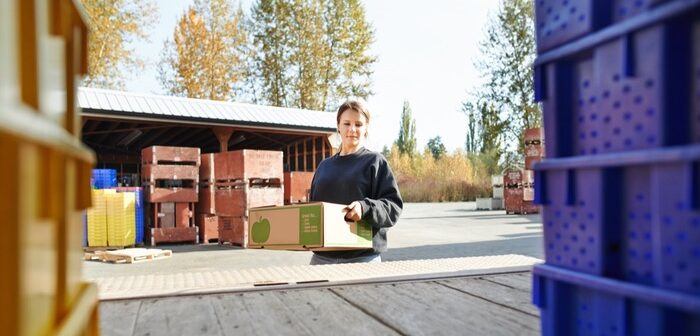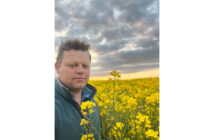The developments include a brand-new module – Sandy Central Account – which will enable aggregated reporting and analytics, alongside updates to Sandy’s packhouse and dairy modules.
“At Trinity AgTech, we are committed to delivering the best possible natural capital software solution, that follows the latest science and meets the needs of farmers and the wider industry,” says Anna Woodley, manager director for business development at Trinity AgTech.
“Sandy offers unrivalled levels of sophistication and analytical integrity, and the latest developments will further support measurement, analysis and progress with the food supply chain.
Ms Woodley explains: “Farms with on-site packhouse operations, processors, and large packhouse operations, will find the updates to our packhouse modules particularly advantageous, while farm consultants are set to greatly benefit from our new Sandy Central Account module.”
The updates to Sandy’s packhouse modules relate to onboarding and carbon calculations. Processors can now integrate multiple sites into Sandy, enabling independent calculations for each location as well as a whole unit.
New features within this module also allow greater flexibility in reporting.
Data can be aggregated
Ms Woodley explains: “Data can now be aggregated or viewed at a more granular level, for example at packhouse level, which includes multiple or single sites, product level, product source, or packaging level.”
Sandy’s new Central Account has opened-up aggregated reporting and analytics to benefit larger farms, consultants, and processors. Providing the farmer has given consent, this development will allow non-farm based users to view aggregated or single farm data, produce customised reports and apply filters at a farm, field, and crop level.
Ms Woodley says: “Many farmers are working very closely alongside consultants to optimise the opportunities around natural capital.
“This new update will make it much easier for consultants to support their clients with data management and sustainability strategies. In addition to helping farmers establish best practices with the guidance of consultants.
Better carbon reduction plans
“It will also equip processors with the necessary insights for implementing better carbon reduction plans. A one size fits all approach is not suitable, so the ability to interrogate data at different levels is a gamechanger that will give businesses a much more representative view,” she says.
The final update involves Sandy’s Dairy Carbon Calculator. This includes some adjustments to its enteric emissions calculations, which now better represent diet and time at grass, as well as to its energy calculations to better account for the energy requirements of lactating cattle.
“Outdated free carbon tools mispresent farm systems and fail to take into consideration differences, within and between systems, which impact emissions. Sandy is very different and, from the start, we set out to develop navigation software that would assess carbon and on-farm natural capital in the most accurate way possible.
“We are guided by the latest science, aligning to the highest standards in carbon reporting, and will continue to make improvements to Sandy as the science evolves,” says Ms Woodley.
“With Sandy, farmers, consultants, processors and retailers can all trust that they are best placed to seize new opportunities in sustainable agriculture and can optimise their practices and profitability, while safeguarding the environment.”




